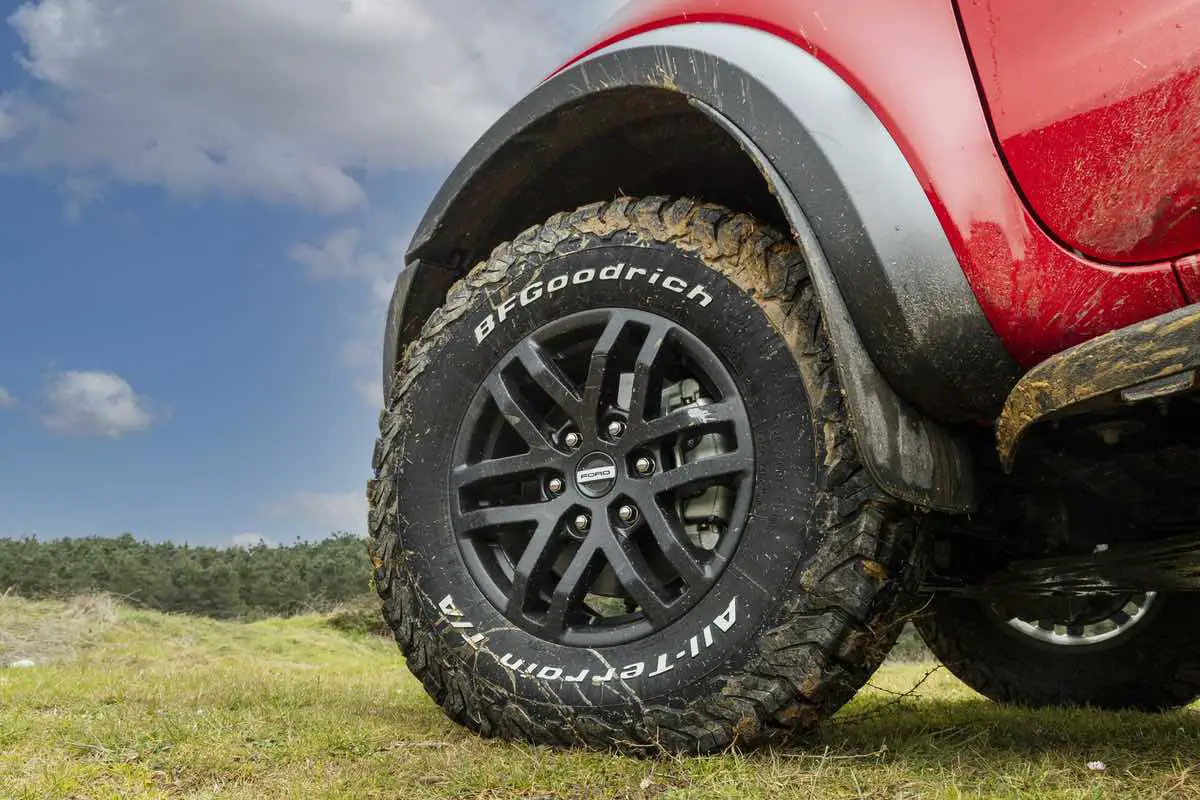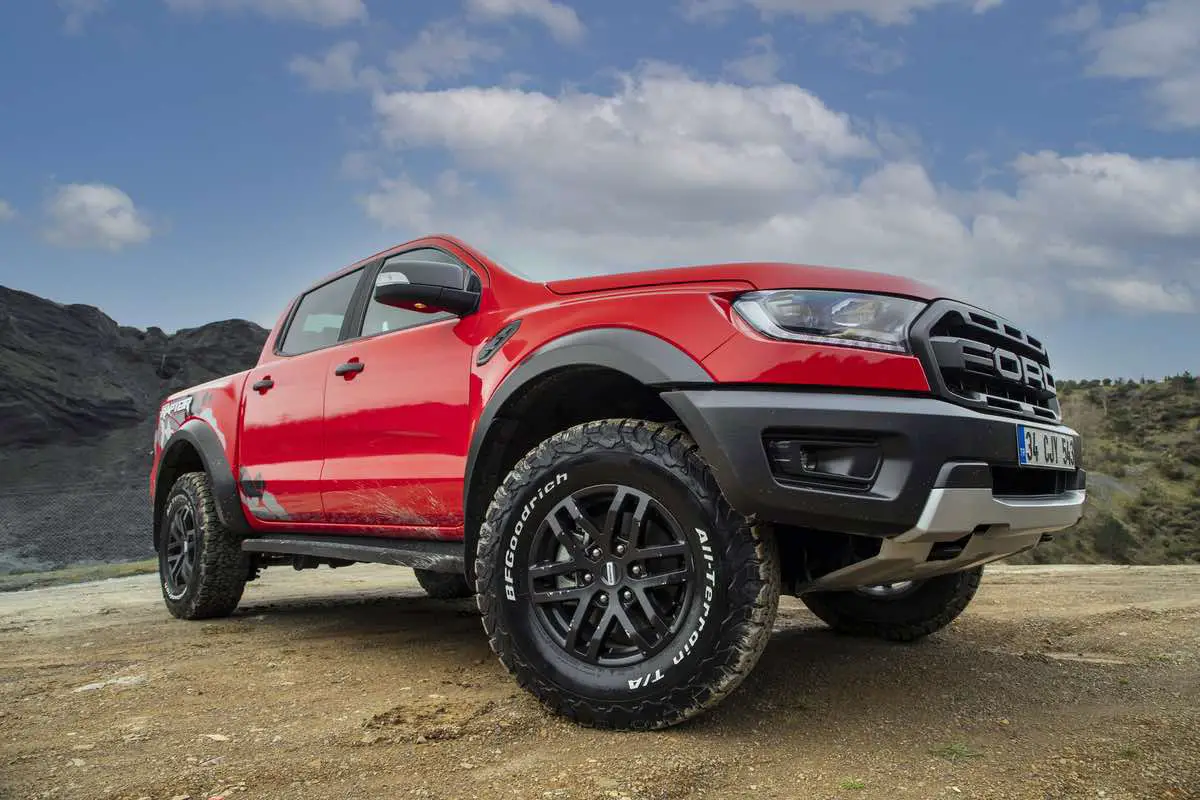Many truck owners add a two or three-inch lift kit to their trucks. There are multiple reasons you might want to increase your truck’s ground clearance, but before you add a lift, you should know the do’s and don’ts and pros and cons.
A 2 or 3-inch lift is not bad for your truck. It adds a rugged look to your vehicle without compromising the steering, suspension, and other parts. A lift higher than nine inches (23 cm) requires significant mechanical modifications to counter the change in center of gravity.
You can add a lift to your truck to improve the appearance or increase the ground clearance for off-roading. Keep reading to learn the two types of lift kits, how to choose the best height for a truck, and the safety considerations of installing a lift on any truck. When you define what you want a lift to accomplish, your decision will be easier.

The Two Lift Kit Types for Trucks
There are two main lift kit types for trucks: the body lift and the suspension lift. Each one achieves a specific result for your truck, so you need to understand both before you choose which one you want to add to your vehicle. The body lift is not costly. You can do it yourself if you are handy, but the suspension lift is more complex, expensive, and better handled by a professional mechanic.
Before choosing a lift, you need to define what you want the lift to do for your truck. Do you want more ground clearance for off-roading? Are you looking for a taller ride height? Are you planning to add bigger tires? Each of these features will influence which lift achieves your goals.
A Body Lift for a Truck
The body lift boosts the truck body off the frame by using lift spacers. The truck does not pick up any increased distance from the ground in a body lift. This lift costs an average of three hundred dollars and can lift the truck frame from two to five inches (6-13 cm).
A Suspension Lift for a Truck
The suspension lift will raise all the truck’s parts to increase the ground clearance. This lift type will affect the truck frame, cv spacers, drop brackets, new shocks, and other minor components. Installing a suspension lift on a truck requires extensive knowledge of mechanics and is best done by a professional.
A full suspension lift will modify the steering components, spindle, and suspension. The average truck suspension lift cost is $400-15,000, depending on the lift height and kit quality.
How To Select the Right Lift Height for Your Truck
The difference between a two (5 cm) and three-inch (8 cm) lift kit is minimal, such that you likely won’t be able to tell the difference. If you are investing in a truck lift, choose the three-inch (8 cm) since it will significantly affect the truck’s appearance.
Here are some suggestions for choosing the right lift height.
- Think about what you want in driving performance. The higher the lift, the more changes you will feel in driving and gas mileage.
- If fuel economy matters to you, choose a minor lift of three inches (8 cm) over a higher lift of nine (23 cm). The smaller lift allows you to keep the stock tires, while the higher lift requires bigger tires, all factors that affect gas mileage.
- Check the lift specifications for your truck make and model. Most truck manufacturers will indicate any limitations when adding a lift to a truck.
- Decide how much you can spend. Adding a ten-inch (25 cm) lift to your truck is not cheap, so be sure you want to invest that money into a lift before you commit.
Safety Considerations When Adding a Lift to Your Truck
There are some significant factors to evaluate when choosing a lift for your truck. As you plan a lift height and installation, understanding how this modification will affect the handling and gas mileage of the truck will help you make the best decision.
- The increased height will change the center of gravity. Often, the center of gravity changes as much as the increased height, raising safety considerations of roll-overs.
- A suspension lift over nine inches (23 cm) will require serious modifications to steering and other features. This change in gravity center can bring stability issues that can be dangerous.
- A suspension lift will affect truck handling. Trucks are designed to handle well based on the center of gravity in the truck design. Changing the gravity center will affect things like body roll when turning corners.
- Adding a lift to any truck will require larger tires. Larger tires do not handle as well as factory tires that come mounted on the truck. They have been designed specifically for that vehicle.
- The lift changes your driving perspective. The height that you gain from a lift can reduce the visibility of small cars and motorcycles. You will need to replace the stock mirrors with more oversized mirrors and possibly add a blind spot mirror.
- Adding a lift and bigger tires changes the truck’s weight. The change in weight affects braking distance, overheated shock absorbers, and excessive control arm wear.
- Wheel alignment changes with increased height. This can cause more wear and tear on the truck tires.
Safety should be a focus in selecting the lift height for a truck. While you want to choose a lift that meets your requirements, think about how comfortable you will feel driving the truck.

Conclusion
Whether you plan to go off-roading every weekend or just love the look of a lifted truck, a two- or three-inch lift can change the entire driving experience. This height difference is not much in possible lift elevations, but you will definitely notice the change.
Remember, you can also replace the tires for an additional elevation gain. Since the lift will change how your truck handles, this installation is best done by a professional who understands the mechanical connections.
Sources
- JD Power: How Much Does It Cost to Lift A Truck?
- 4 Wheel Online: Safety Factors to Consider When Installing a Suspension Lift Kit
- Suspension.com: Body Lift vs Suspension Lift
- NAPA: Raising Your Truck’s Suspension—Good Idea or Bad Idea?
- Big Chief Tire: Lift Kit Dos and Don’ts
- Superlift Suspension: Truck Lift Kits: What’s the Right Height for Your Lift?
- Tacoma World: does your 3 inch lift look noticible?
- Anthem Wheels: Body Lift vs. Suspension Lift
